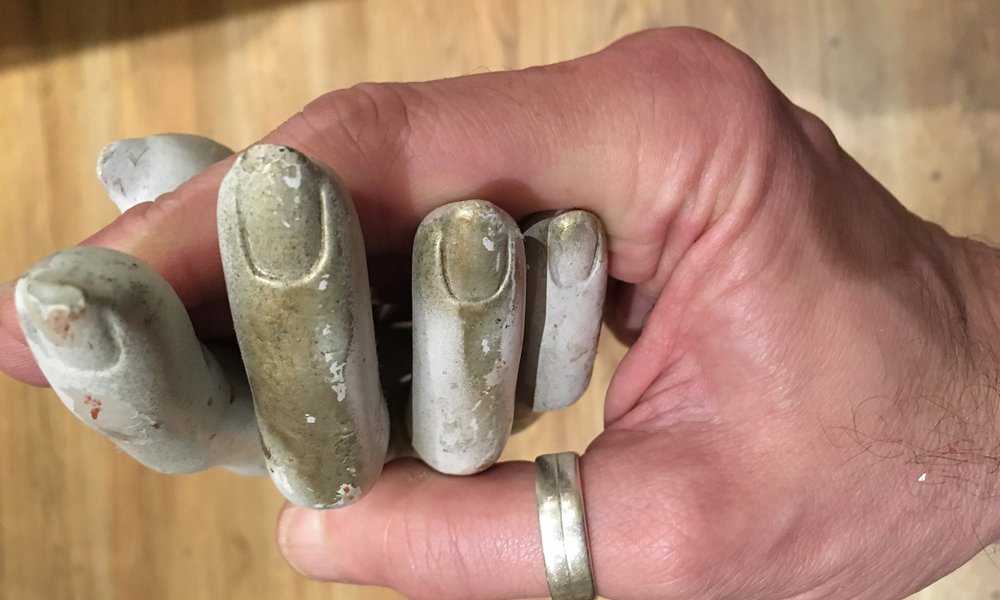The complicated history of women working from home
by Dr Helen McCarthy
15 Jun 2018
This blog is part of our Summer Showcase series, celebrating our free festival of ideas for curious minds.
In the 21st-century, home-working is often talked up as an especially attractive option for women, who are still more likely than men to be juggling caring commitments with paid employment. The term conjures a rosy picture of individuals seated at laptops, empowered by new technology and enlightened employers to set their working patterns in line with preferred lifestyles.
Yet if home-working points to a brighter future, it also speaks to a complicated past.
Early advocates of tele-working envisaged a utopian future in which the harmonious order of the old household economy would be reconfigured for the post-industrial age. By banishing the mindset of rigid shop-floor discipline and centralised corporate structures, everyone could enjoy a freer, more autonomous existence.
This romanticised vision has not materialised, even for the minority of high-earning professionals who have a considerable degree of control over the location and hours of their work. Careers still tend to be made by those who show their faces: at meetings, networking events, drinks after work, and chats around the water-cooler. There is a very real danger that where home-working policies become too strongly branded as a ‘family-friendly’ option for women, gender segregation is further entrenched. Such policies also distract attention from the toxic workplace cultures, inadequate childcare provision and unequal sharing of domestic labour which make home-working attractive to so many women in the first place.
The many faces of women’s home-work remind us that debates about ‘flexibility’ and ‘precarity’ in the contemporary labour market are nothing new. The question of where we do our jobs, just like questions of pay, hours and employment rights, has always been an object of political struggle. Far from providing a shelter from battles over the meaning of work, home has been integral to them.
Dr Helen McCarthy is Reader in Modern British History at Queen Mary University of London. She has been a British Academy Mid-Career Fellow in 2017-18. In September 2018, she will take up a post as Lecturer in Modern British History at the University of Cambridge. She has collaborated with photographer and artist Leonora Saunders on These Four Walls: A Secret History of Women Home-Workers, an exciting fusion of portrait photography and cutting-edge historical research.



